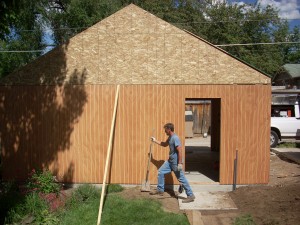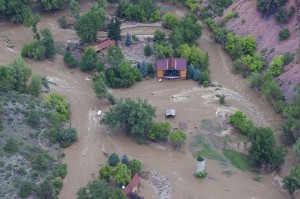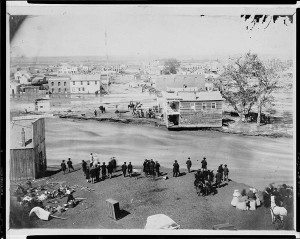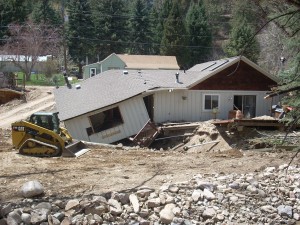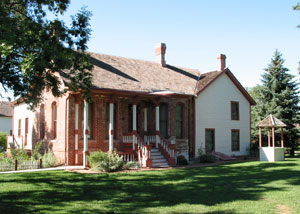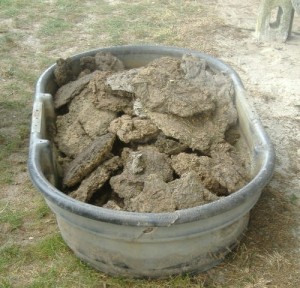Fear
 Fear is part of life. We are wired to react to threats in a number of ways. Fight, flight, freeze, hide, or cry for help. In our society, there is little to fear. In most of the country there is little violence. Sometimes we experience a flash of fear in traffic, or when we slip on the ice. For the most part, however, we are safe.
Fear is part of life. We are wired to react to threats in a number of ways. Fight, flight, freeze, hide, or cry for help. In our society, there is little to fear. In most of the country there is little violence. Sometimes we experience a flash of fear in traffic, or when we slip on the ice. For the most part, however, we are safe.
Why, then, to we have a culture of fear? Gun and ammunition sales are booming, security system companies are busy, people are taking self-defense classes, and living with fear and anxiety on a daily basis.
Within our generally safe country there are acts of violence. School shootings, workplace violence, robberies, gang shootings, random killings, it goes on and on. These acts, while horrific, are but a small part of life in a country of 314 million people. They just do not affect most people. The only time I have been truly terrified was when I was caught in a lightning storm when hiking above timberline. I have never run so fast as that day.
The most important fear creator is television. It is hard to get good video of a drop in the unemployment rate, but easy to show police cars, fire engines, ambulances, yellow crime scene tape, and bodies on gurneys. The longest running TV shows are cop shows and doctor shows, with lives hanging in the balance every week. “If it bleeds, it leads”, the mantra of local TV news.
Yes, they are showing real violence, but I have personally never been a victim of violence. As a volunteer firefighter, I did see the aftermath of terrible accidents, but we were there to respond to those events. In my daily life in the same area, I never saw an accident. We are however, deluged with depictions of violence.
Political groups use fear to get support for their agendas. Fear of economic collapse, of attacks by armed liberals, of rampant gang violence, of invasion by militant Canadians wielding hockey sticks, of invading Chinese hordes. Oh, and let’s not forget aliens and Zombies. I may be a bit silly, but you only have to watch the news to see the fear.
Perhaps the most fearful group is the gun owners. The gun literature is filled with articles on how to defend one’s home or auto from armed intrusion. Sales of AR-15 rifles with 30 round magazines are booming (15 rounds in Colorado). There is a general ammunition shortage as the hoarders buy almost everything on the shelves. The fear generated by the gun press is feeding on itself, fear begetting fear. Here are all these manly men buying guns and ammo to protect themselves from…nothing.
Another popular way to generate fear is with a conspiracy theory. New World Order, International Jewish Conspiracy, International Communist Conspiracy, the Illuminati, Masons, Catholics. It goes on and on. The fun thing is that you can make up a conspiracy, write about its nefarious aims, and watch it take a life of its own. Net result, more fear.
The source of fear is inner. Guns, politics, survival hoarding, nothing will alleviate the inner fear except dealing with the feelings generating fear. Those feelings usually are a product of an abusive childhood. Only confronting the feelings and working through the damaged thinking will work. AR-15’s just don’t help.

